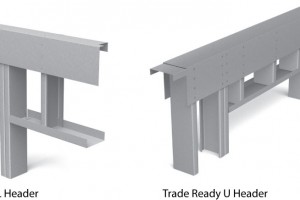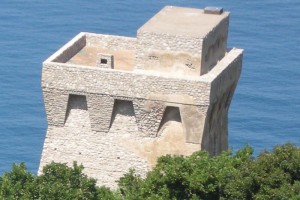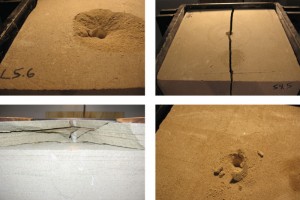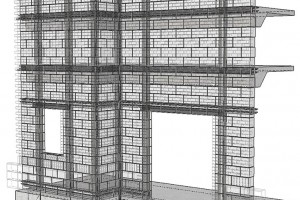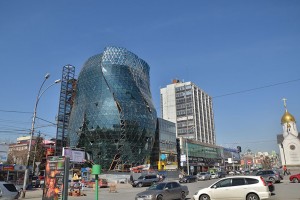Simulation-Based Structural Analysis of Fort Sumter Considering Foundation Settlement
With the invention of mid-19th century naval weaponry, coastal fortifications in the United States were rendered obsolete as they lost their functional use of defense. More than 100 coastal forts, now over a century old, are considered national heritage structures to be preserved for future generations. Many of these brick masonry forts have incurred structural damage during bombardments, and further accumulated damage due to the harsh environments in which they were constructed. …


